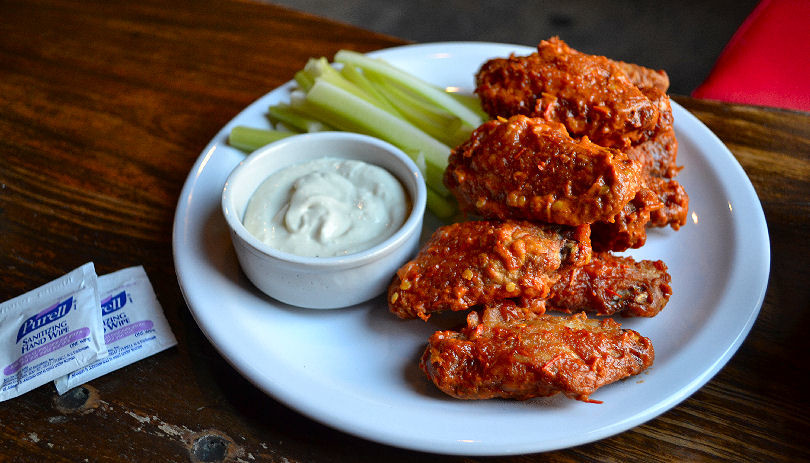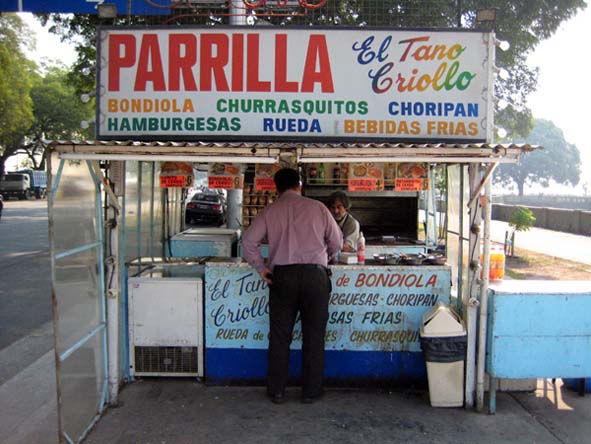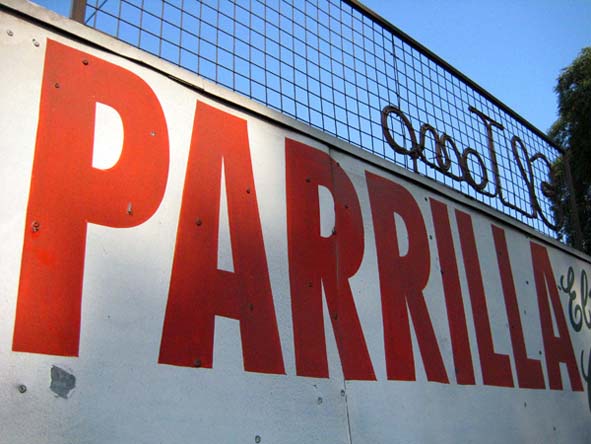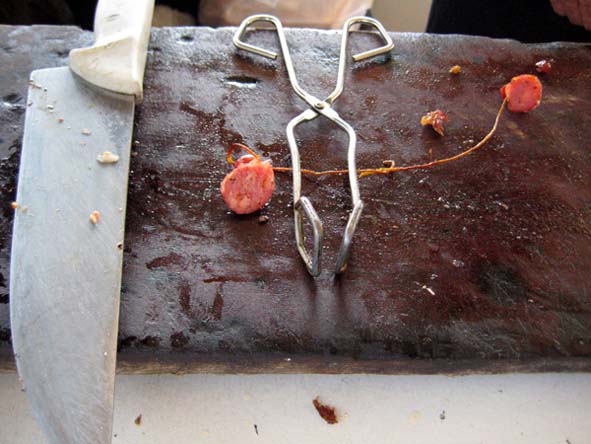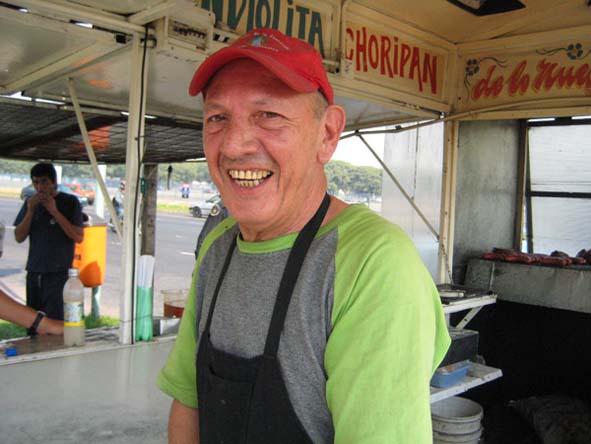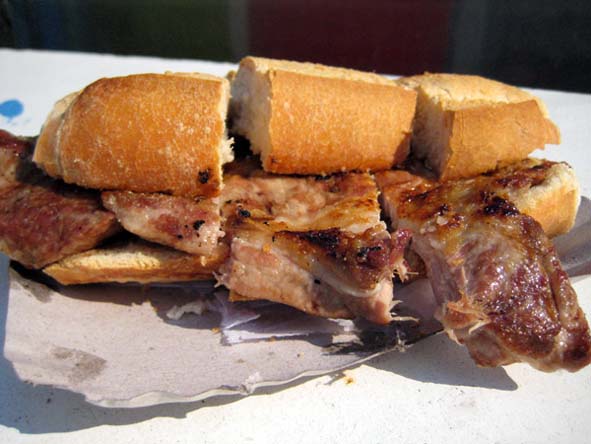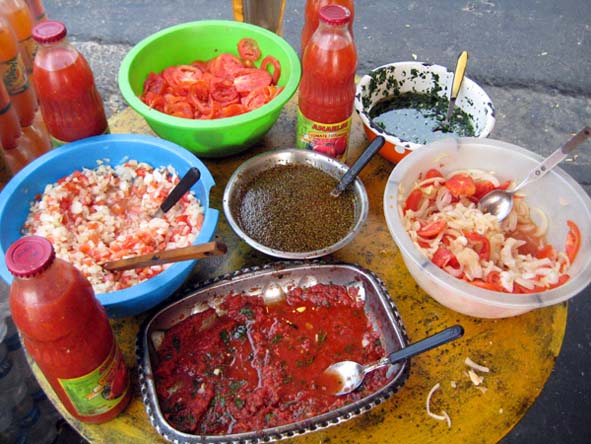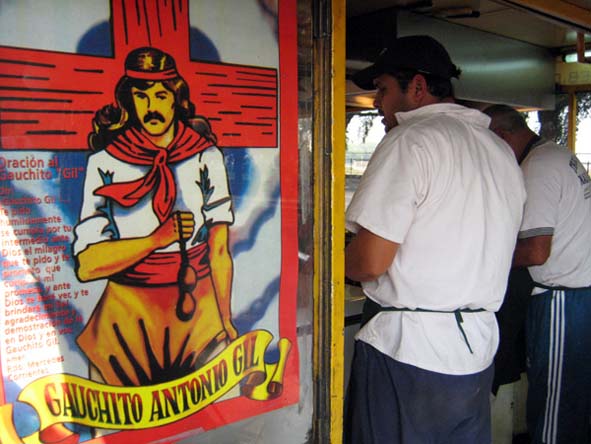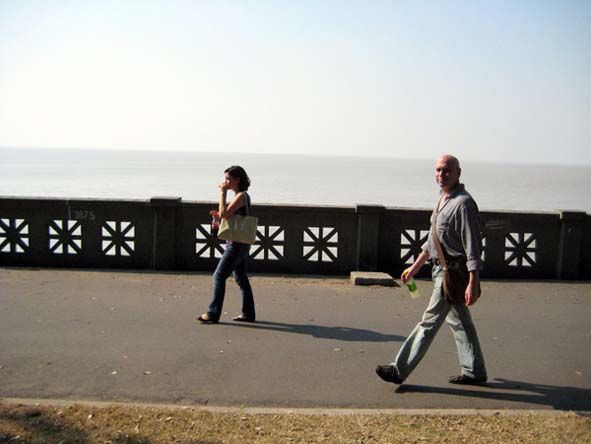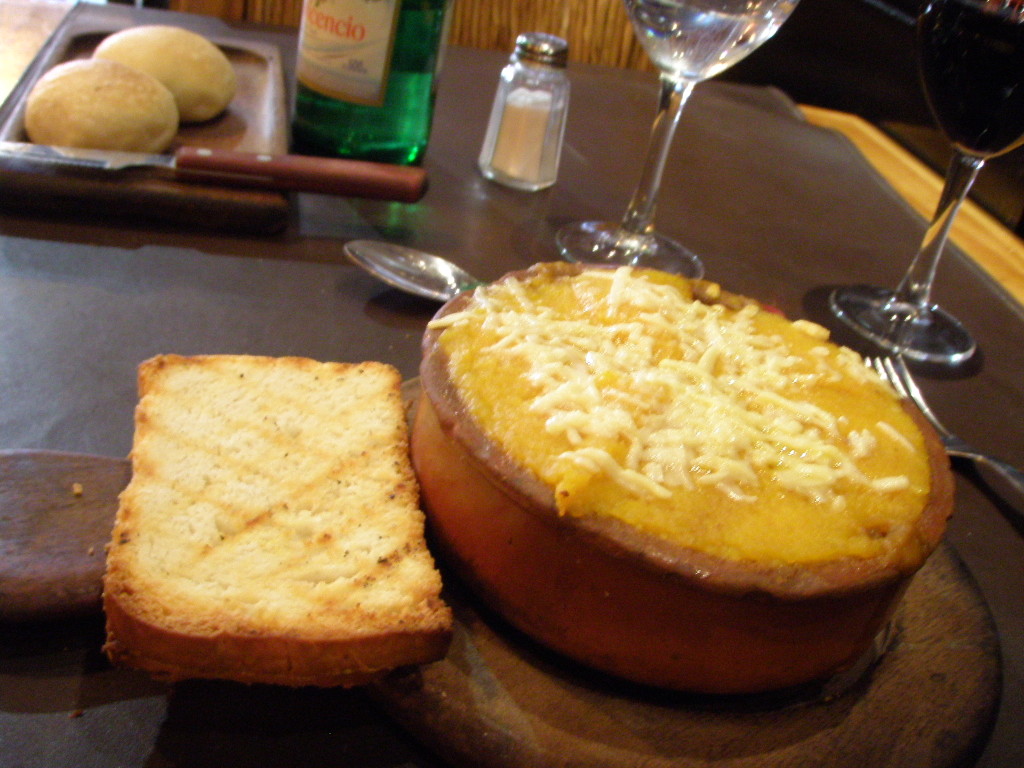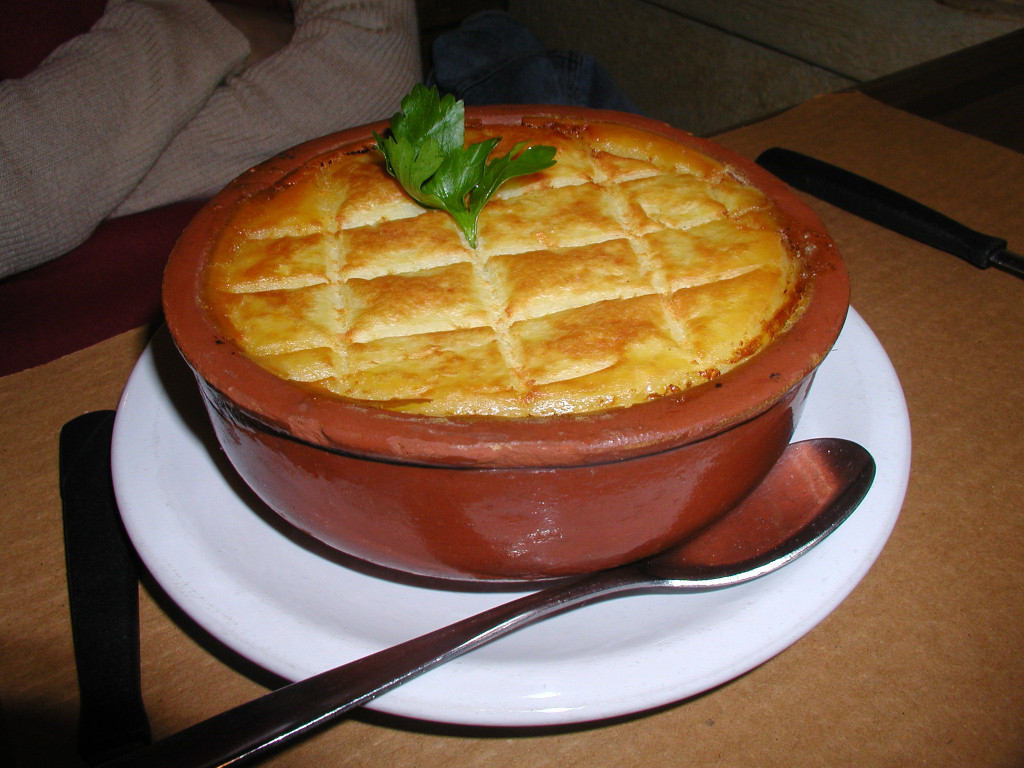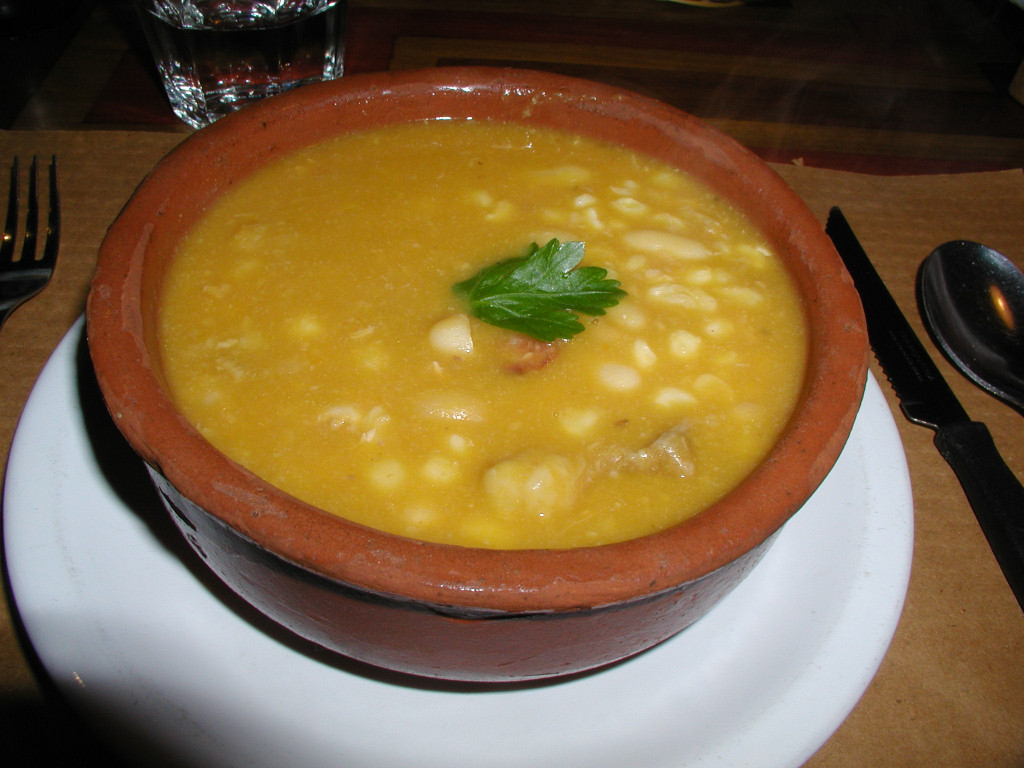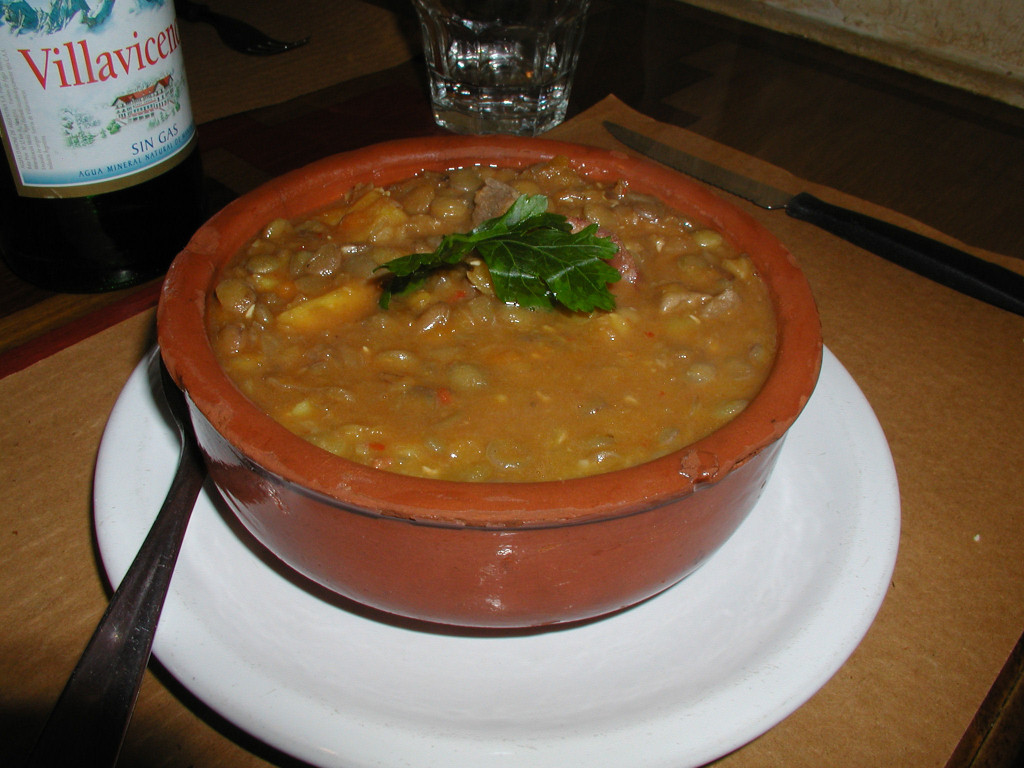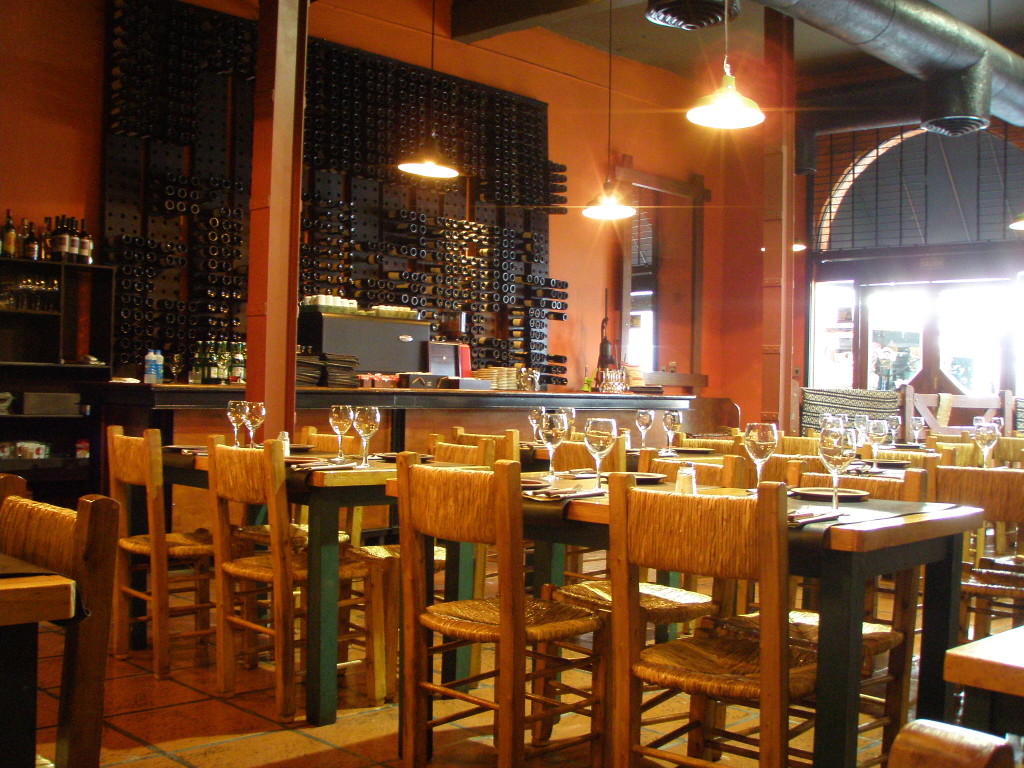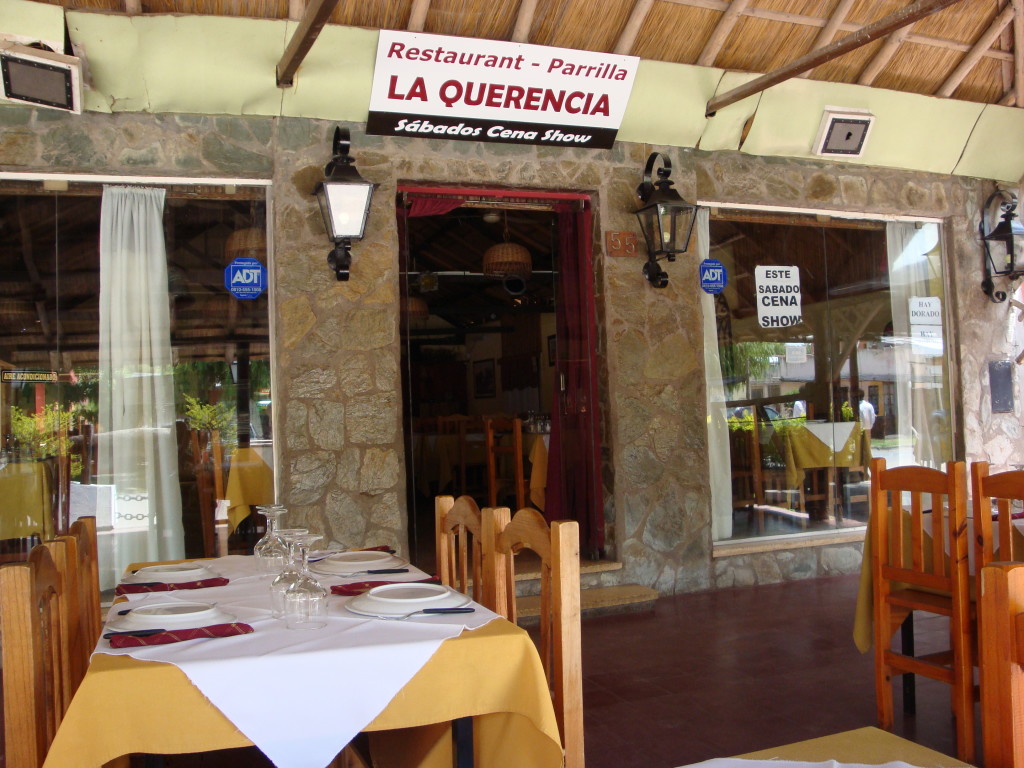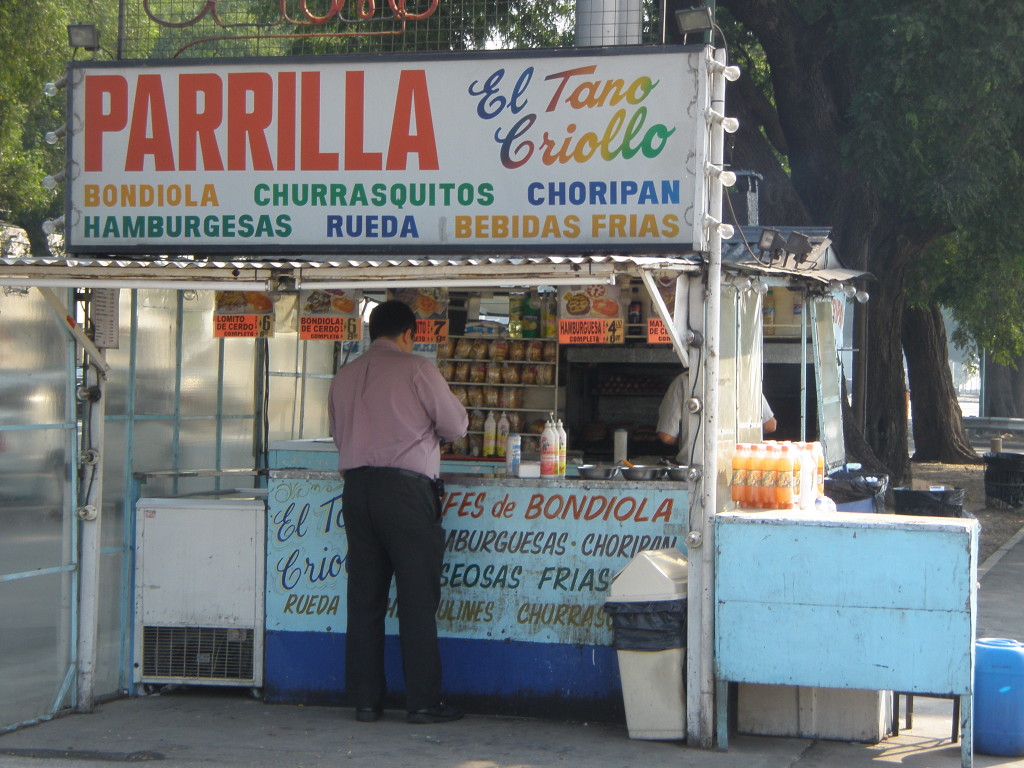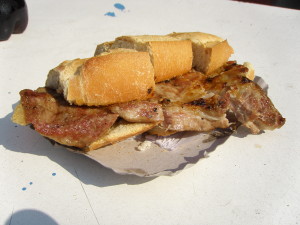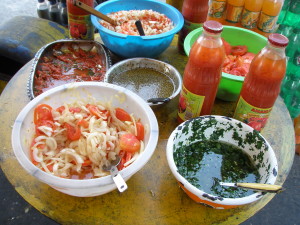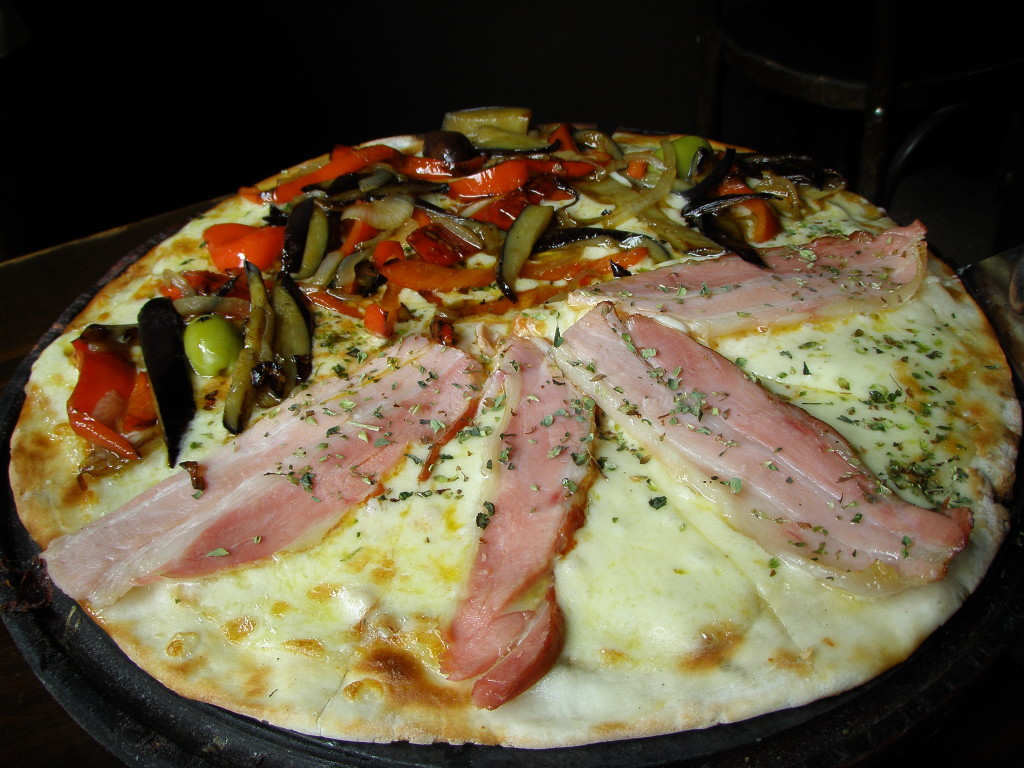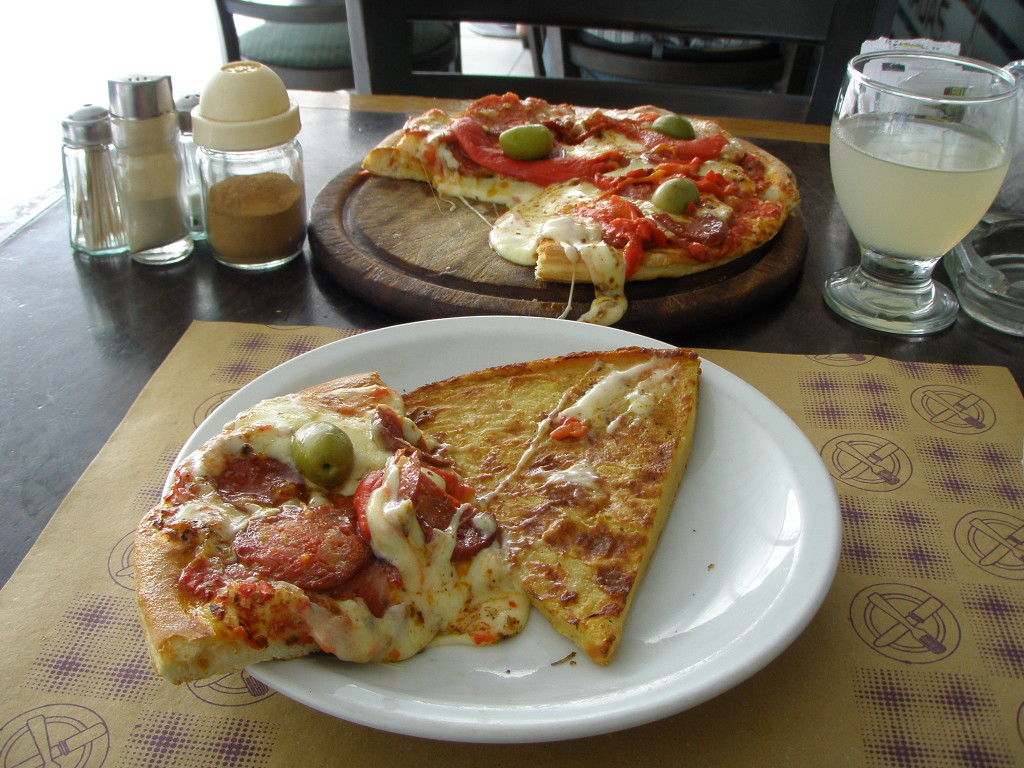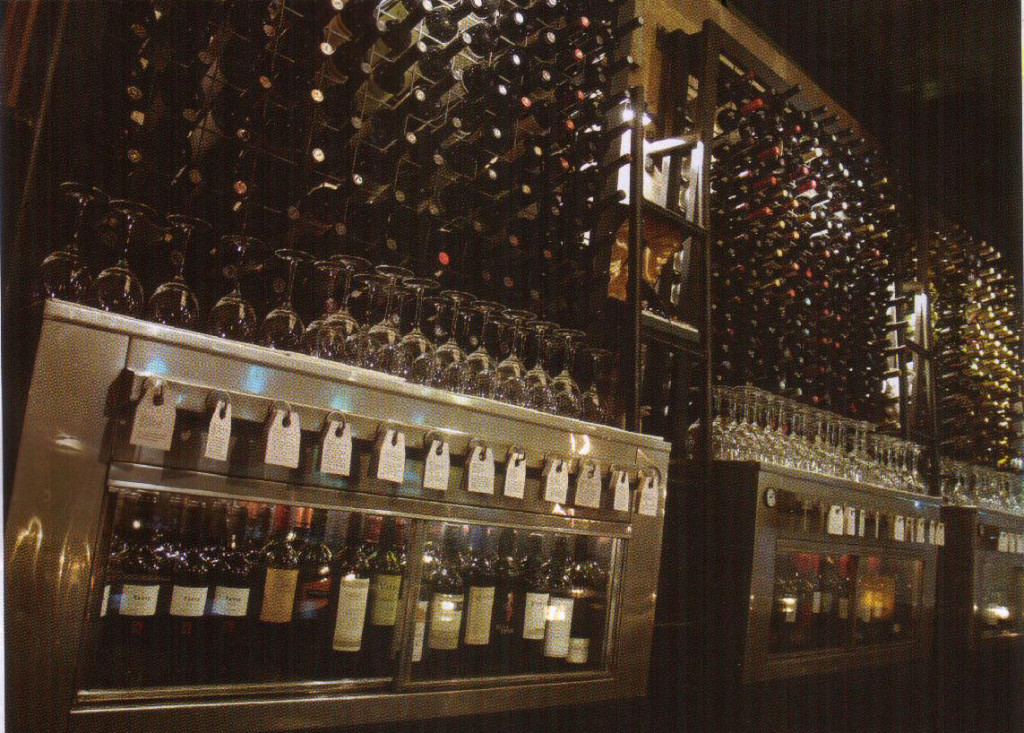Whinging About Lateness
Amongst the many whinges of local expats (is that an oxymoron?) that has come to the fore recently is the subject of simply showing up. While not unique to Argentina, or perhaps specific to Porteños, showing up, at least on time, is not habitual. It is not uncommon to find yourself waiting at a restaurant table, or even holding dinner at home, hoping nothing cooks to a crisp or dries to shoe leather, while awaiting the arrival of one local or another. To show up at all is practically a benediction on your existence, to show up within an hour of planned time, a blessing, within two, an extension of courtesy. To not show up at all, merely standard practice. After all, perhaps something more interesting popped up at last moment – and to advise you of that would, of course, be insulting, so better to simply not make the effort, nor answer your phone, and then avoid contact for a week or two hoping that all will be forgotten, or at least forgiven.
As I noted, this is not unique to Argentina. In Rome, while showing up is considered appropriate, arriving at least an hour, perhaps two, late, is de rigeur. It’s also common practice to show up with extra people in tow – after all, if you run into friends on the street, how could you not invite them to join you at your dining destination – be it restaurant or private home. I’m convinced that this is the impetus behind Roman food all being served “family style” – i.e., platters and large bowls of food – the host simply never knows how many people will actually be joining them for a meal, and better to have large quantities and self-serve.
New Yorkers, likewise, have their foibles. Twenty plus years in the restaurant business in that town, and it still amazes me that it is considered, by many, a perfectly acceptable practice to make reservations at multiple restaurants for a given evening, make the decision as to which to dine in at the ultimate moment, and not bother to advise the others of a change in your intentions. Most restaurants deal with large numbers of “no-shows”, and just accept it as part of doing business – the benefit for those “in the know” is that it’s often easier to score a table at a hard to book restaurant by simply showing up rather than trying to reserve in advance. While less common, I’ve encountered the same in private social plans, with people who accept invitations to more than one engagement, on the same day, and decide which one is most interesting when the moment arrives. It’s rare that they bother to notify the hosts of the other parties or dinners – or, if they do, it is with vague or patently phony excuses that everyone recognizes as a borderline polite way of saying “someone else is throwing a more exciting shindig than you.”
The whinging going on within the expat population here makes it clear that among the American folk, in particular, though many of the Brits are chiming in, that these cultural differences are not to be tolerated. After all, they’re down here, supporting the Argentine economy, with all those trust fund dollars, pounds, even euros, and why should they have to accept the cultural viewpoint of this country. I mean, after all, where would Argentina be, how would the locals survive, if it were not for the profligate spending in clubs and restaurants of these self-absorbed, spoiled, wankers? To use a British turn of phrase…
Mañana, if not later. There’s a rhythm to life here that’s not based on something that for me is pretty much an ingrained priority – pride in achievement and accomplishment, whether it’s in work or play. With that as a base, in the norteamericano culture, we find ourselves driven to constantly do things, try harder, give it one more shot… No question it leads to the common admonision to “stop and smell the roses”, and after a good amount of time here, there’s no question I’ve re-evaluated the level of importance of some of that stuff. Especially when put up against family and friends. Not that I didn’t have time for family and friends back in the States, but I have to face it, they were something scheduled into my days. Of course, working fulltime restaurant hours demands a huge amount of time, and I don’t have that to deal with here. But, the reverse can also be true, and the mañana idea can be carried to far extremes, and it seems to lead to a lackidaisical attitude that’s the equivalent of a shrug.
Why study when you know the teacher may or may not show up to teach class? When the same teacher doesn’t care if your homework is done now or turned in a month or two after the course is finished. After all, you’re going to pass – they can’t fail you, it would lower your self esteem, and that’s simply not permitted. Now, from my perspective, not having to accomplish anything is a surefire way of lowering self esteem… far more than getting a failing grade. But that’s the culture I was brought up in, where the idea of responsibility for actions actually exists.
